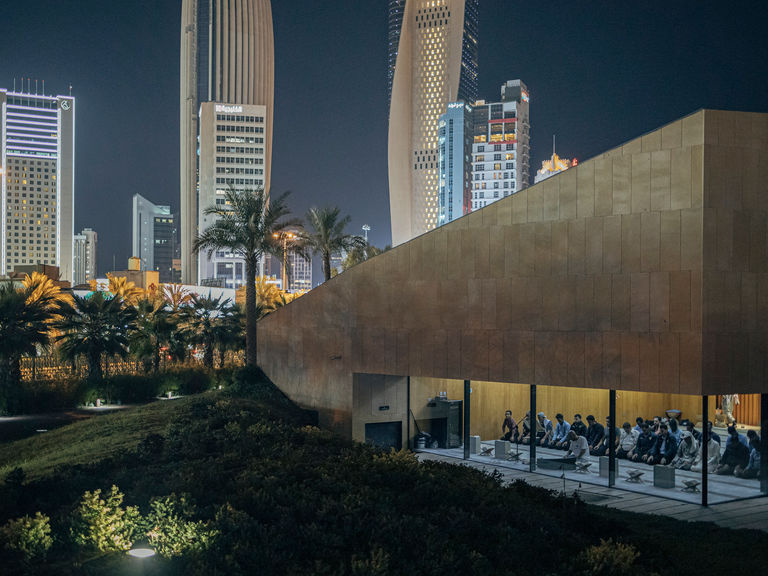Project Detail: TiàWùK (Kuwait at reverse)
Contest:
Reportage and Documentary 2020
Brand:
LuganoPhotoDays
Author:
Gabriele Cecconi
Status:
Selected
Project Info
TiàWùK (Kuwait at reverse)
The work focus on the relation between psyche and environment in Kuwait after 30 years from the Gulf War.
Kuwait is one of the smallest and richest countries in the world. It is a desert state in the Persian Gulf region inhabited by about 4 million people where the Kuwaiti population amounts to only 1.5 million. Despite 30 years ago it has gone through the first television war in the history it is still the most under represented country in the narration of the Gulf area.
Kuwait has discovered the oil wells in 1934 and after the discovering of the oil wells in a few years has became one of the biggest exporter in the Gulf. Before, the society and the economy were based on pearl trade above all and Kuwaiti were divided among fishermen and bedouins. Kuwait has an harsh environment and suffers extreme environmental conditions: it’s one of the hottest place in the earth during summer, it’s all desert with scarcity of water reserves and only 2% of the soil is cultivable, the quality of the air is one of the worst in the world due to the presence of refineries with a really high rate of cancer among the population. It has gained its independency from Great Britain only in 1961 and in 1990-91 with the Gulf War American culture and model have taken roots offering a liberist and materialistic model of life difficult to adapt to the traditional Islamic culture and uses.
The population, which only recently has experienced the economical wealth, is suffering a psychologicals disorders where the symptoms can be find in a materialist and dystopian vision of the surrounding world. In Kuwait inner discomfort exacerbated by a wrong reception of the capitalist model matches economical wealth giving shape to the concept of "economical fantasy" which disclose the construction of a distorted vision of life and reality stretched among its excesses and its contradictions.
The work runs along the subtle border between reality and fiction and wants to show the visibles consequences of these conditionings.


















